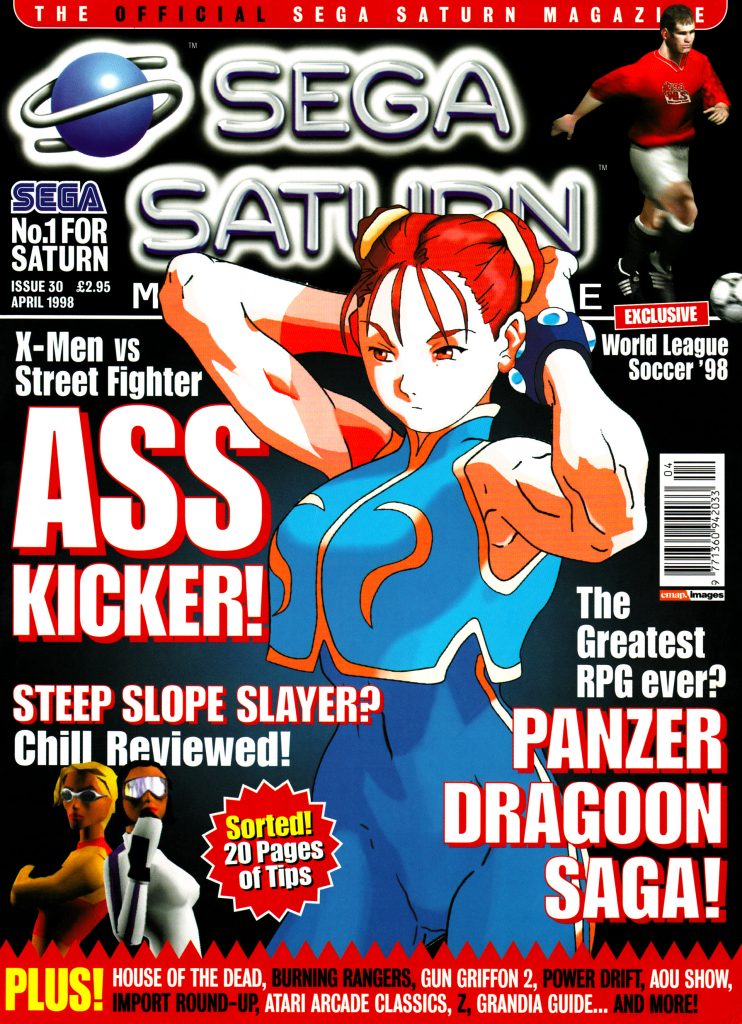
Source: Next Generation – Issue Number 9 – September 1995
If you want to develop a game for the Sega Saturn today, I suspect you could manage with a modern PC and some emulation software. However, when the Sega Saturn was still a viable console, that was not the case. You needed a much more complicated and expensive setup.
There were at least two official development systems (and one unofficial development) system through the course of the Saturn’s life. The first was simply called the “P-Box” short for “Programming Box” and was developed by Sophia Systems. This device was made available to developers before the release of the Sega Saturn. I say “made available” but if you were a developer and wanted one of these then you had to shell out nearly $7,500. It was an all in one box that featured Saturn hardware as well as the hardware necessary to develop games. The Japanese version could interface with a PC or SGI Indy via a SCSI interface so games could be built and uploaded to the device via a PC interface.

The next official development kit was created by a company called Cross Products which Sega bought for the purpose. They started building their own development kit based on their SNASM2 line of SDKs. They also developed the Mirage CD emulator which interfaced with Sega’s CartDev box (sort of an upgraded P-Box). Games could then be developed and tested without having to burn a CD with every new build. Instead, the CD emulator (which contained a hard drive) could be used.

One advantage of the new CartDev system is that it was cheaper than the P-Box at “only” $4,800. The CartDev system could be interfaced with a slightly modified Sega Saturn (another $700) or the original P-Box. The CartDev system could then be interfaced with a PC or SGI Indy via a SCSI interface. An “official” Sega Saturn development kit consisted of a Sega CartDev device, a modified Sega Saturn or P-Box, and an SGI Indy (though a PC could also be used). An SGI Indy was SGI’s lowest end multimedia workstation but still cost anywhere from $5,000 to $16,500 depending on the configuration. The Mirage CD emulator cost an additional $3,000 and included a 1 GB hard drive which was large enough to hold a couple of games. If you were a graphics or sound designer then additional hardware was recommended. Game development was not a cheap business to get into.
The article at the top is from the September 1995 issue of Next Generation. It describes the CartDev system as well as a brief mention of an unofficial alternative called Psy-Q developed by SN Systems. SN Systems were responsible for the official PlayStation development system and their unofficial Saturn development worked in a similar manner. It cost about the same as Sega’s CartDev system but was a bit simpler in that it uses a cartridge that plugs into the expansion port of a retail Saturn and interfaces with a PC via a SCSI interface. Psy-Q used its own set of software tools but allowed you to do away with some of the expensive hardware requirements of the official system (e.g. the more expensive modded Saturn). It seems the Psy-Q system was not used much for Saturn development but at least a few major games were developed with it, including Bubble Bobble and Batman Forever.




